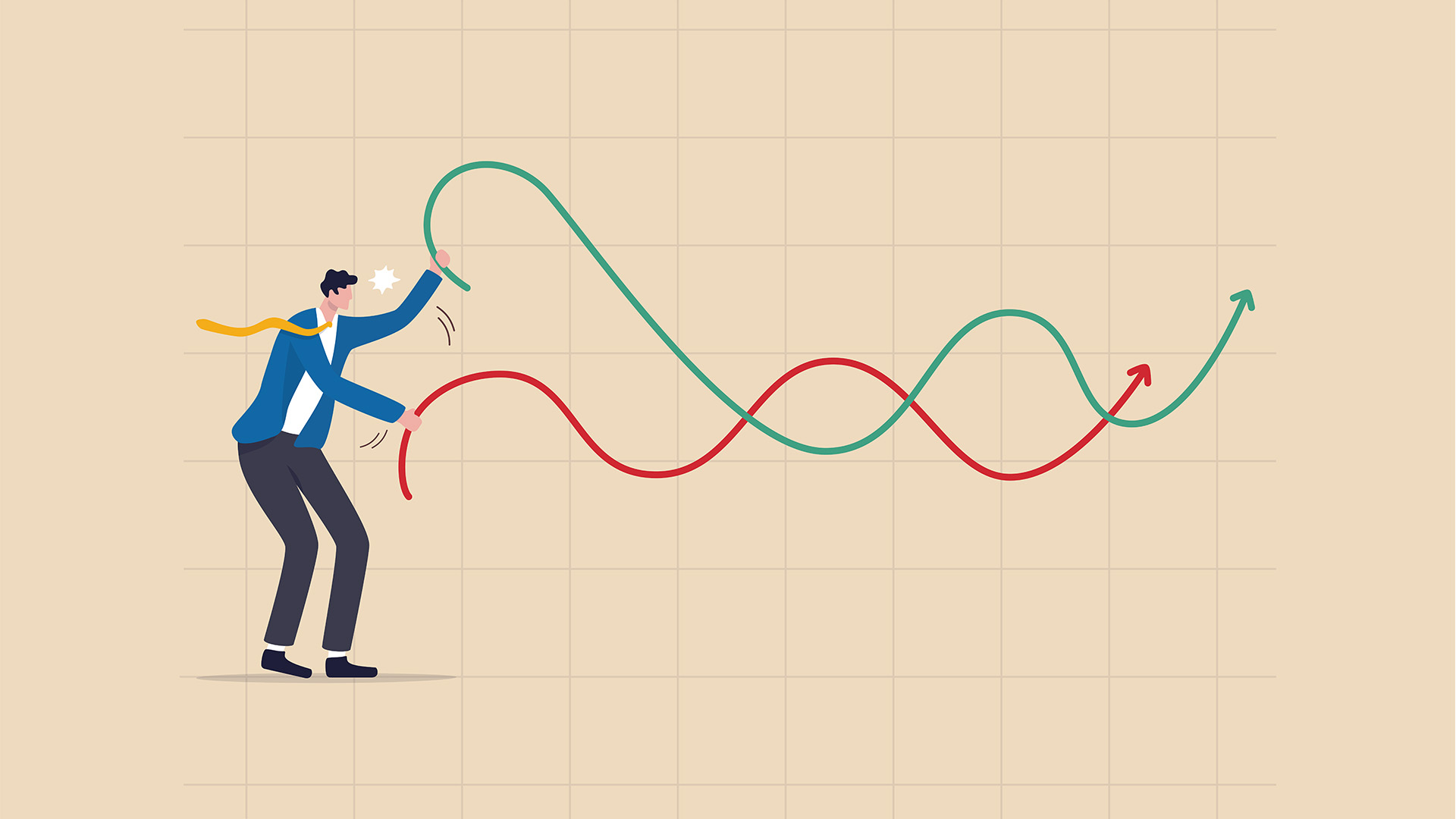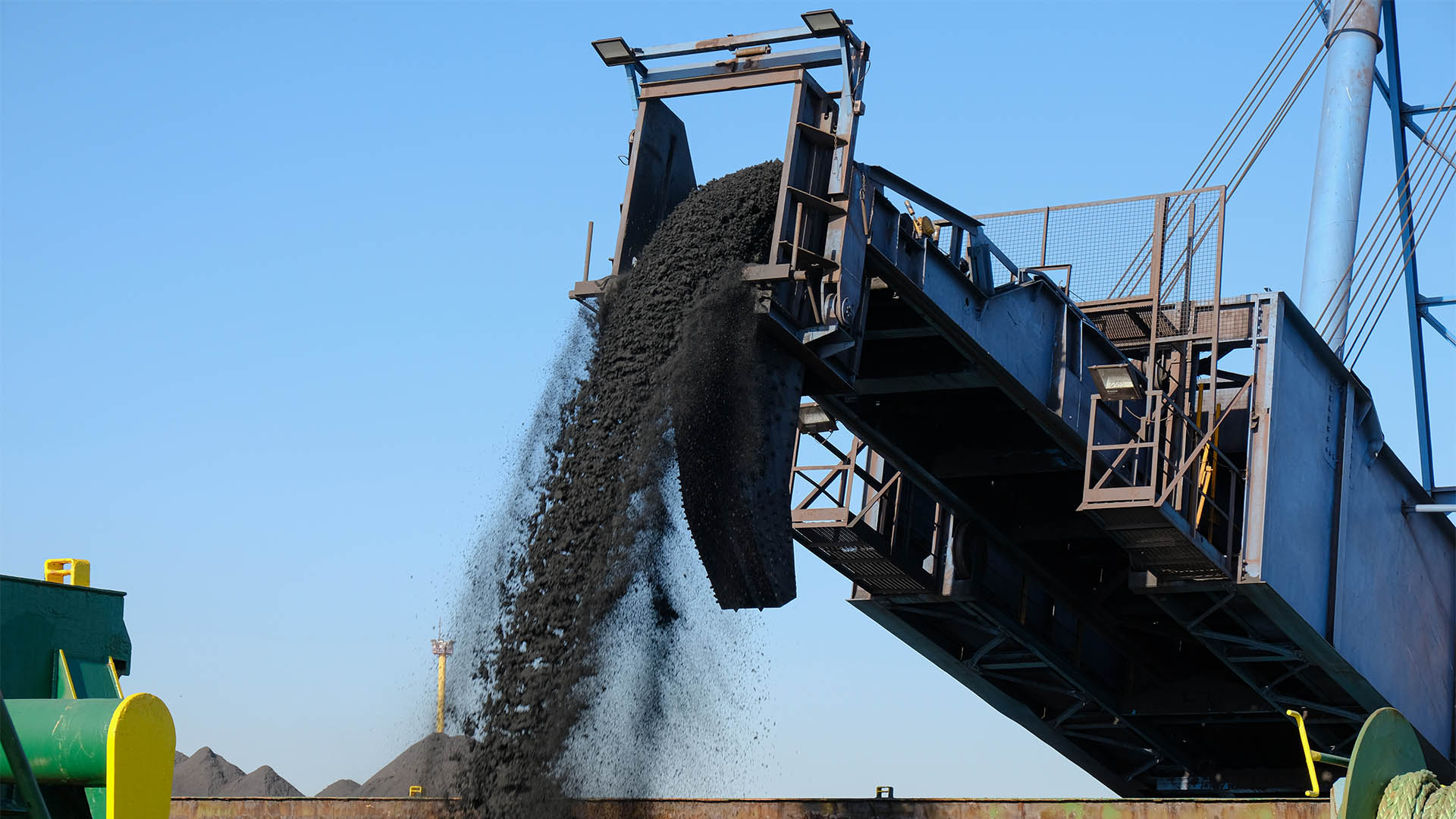A quarterly double this week for the Australian economy with a Reserve Bank monetary policy meeting tomorrow and the latest economic growth data the next day plus the usual start of month data over the next five days.
The RBA will leave monetary policy on hold at tomorrow’s meeting and reiterate that it will be patient in assessing the progress of inflation in the 2-3% target range and the outlook for wages which didn’t get any rosier last week,
The December quarter and 2021’s Wage Price Index showed wages rising at an annual 2.3% rate, well short of the consumer price Inflation rate for 2021 of 3.5% meaning millions of Australians fell further behind last year, just as petrol prices rose and other cost surged.
This is making the Reserve Bank’s estimate for a 3% growth rate for wages by the end of this year harder to achieve.
AMP chief economist Shane Oliver says that since the RBA’s February meeting jobs data for January was stronger than expected adding to confidence that unemployment will soon move below 4% and be consistent with full employment, but while wages growth picked up in the December quarter it’s not yet at the 3% or more pace that the RBA would like to see.
“Our base case remains that the first hike will be in August with the risk that it will be in June albeit that risk fell a bit after December quarter wages growth came in a bit softer than we expected,” he wrote at the weekend.
Wednesday sees the release of the December quarter GDP “is expected show a 3.5% quarter on quarter rebound after the Delta wave hit in the September quarter,” Dr Oliver wrote at the weekend.
He said this will take annual growth to 4.1% and be largely driven by a surge in consumer spending along with strength in public spending and a contribution from inventories with capex soft and dwelling investment and trade detracting from growth.
National Australia Bank economists think are a touch more cautious. In a note issued on Friday, the NAB team wrote, “GDP is expected to have risen by 2.9% in (the 4th quarter) (up 3.4% year on year – y/y).”
“Retail trade surged to record levels in November and December – matched by record employment growth – and high-frequency consumption indicators also jumped, signalling a rapid return to around pre-lockdown consumption levels after a fall of almost 5% in Q3.
“We see Q1 growth of around 0.5% (2.1% yoy) before growth strengthens through the middle of the year as borders reopen and activity normalises, with growth of around 3.5%-4% for 2022 overall,” the NAB team wrote.
“That should be accompanied by continued strength in the labour market and steadily strengthening wage growth which, alongside ongoing strong inflation prints, will see the RBA in a position to raise interest rates for the first time in the second half of the year.”
Elsewhere, there’s retail sales data for January out today (Monday) that will be hurt by the rapid rise of Covid Omicron in the month. Tomorrow we will see slowing housing finance growth for January and house price data for February with another rise – albeit only 0.3% (according to Dr Oliver)
In other data releases, expect to see a small rise in January retail sales as Omicron hit, continuing strength in housing credit growth and a further lift in the MI Inflation Gauge (all Monday).
Housing finance on Tuesday is expected to fall 3% and CoreLogic is expected to report a further slowing in home price growth to just 0.3% in February with prices in Sydney and Melbourne falling slightly.
Thursday sees the release of building approvals for February which Dr Oliver says could show a fall of 5% and a trade surplus for January around $9 billion, or a touch higher than December.
Meanwhile the December half and full year reporting season wraps up today with the rats and mice and small loss makers to keep flowing in tomorrow (March 1).
Dr Oliver said that “while the strength of results tailed off a bit in the past week (as it often does), the overall impression remains that companies have weathered the Delta and Omicron waves reasonably well.”
However, supply shortages and rising inflation are causing significant issues across a range of companies.
Dr Oliver says that earnings beats have outnumbered misses, but by a narrower than normal margin with the same number of beats as normal but greater than average misses.
“There has been some slowing in momentum but only to around normal levels with 64% of companies reporting profits up on a year ago. 54% have raised dividends which is less than the average of 59%. 48% of companies have seen their share price outperform on the day they reported but this is less than the norm of 54%.”
“Consensus earnings growth expectations for the current financial year have edged up from 13.1% to 13.6% helped by energy and financials,” Dr Oliver wrote.












